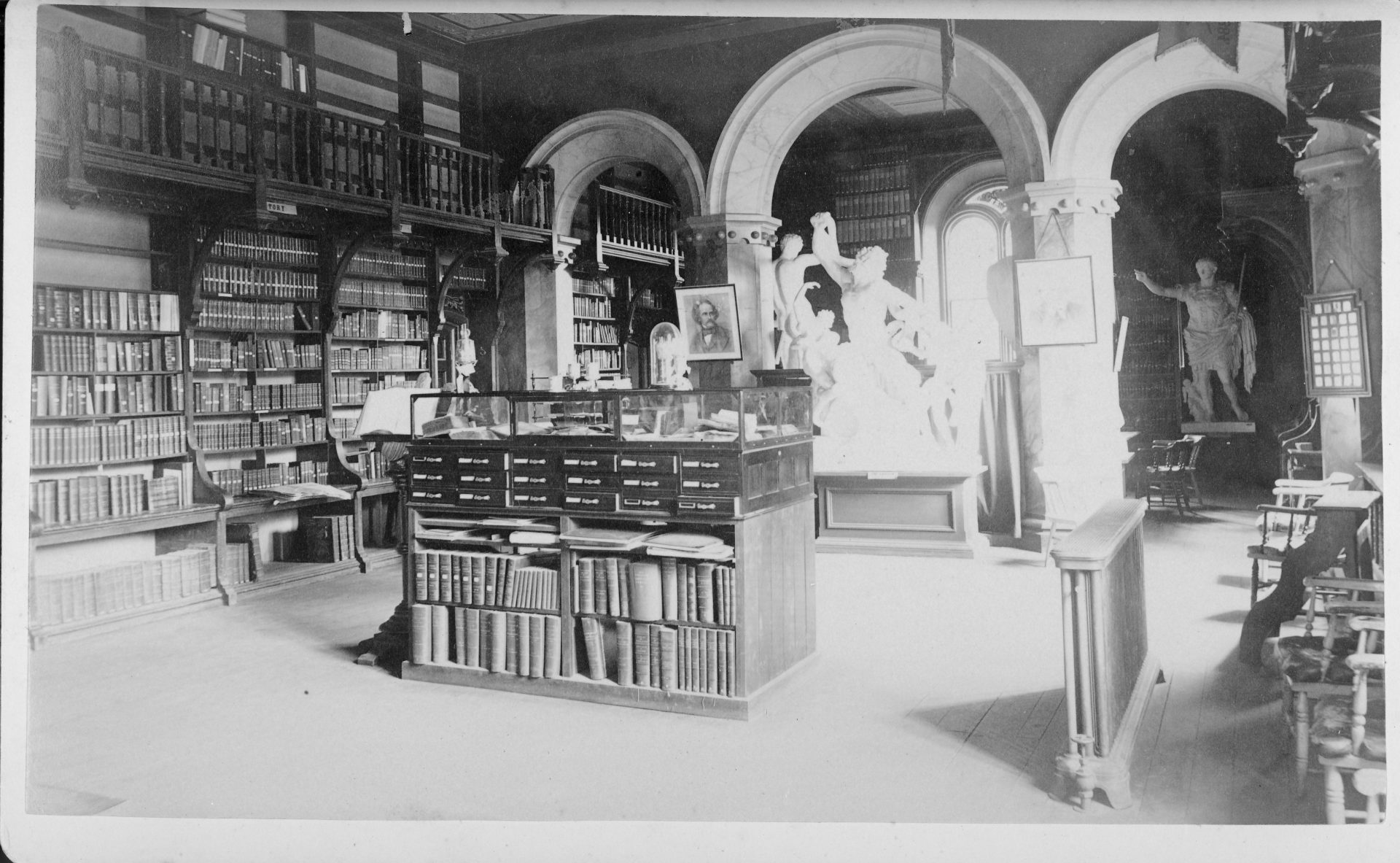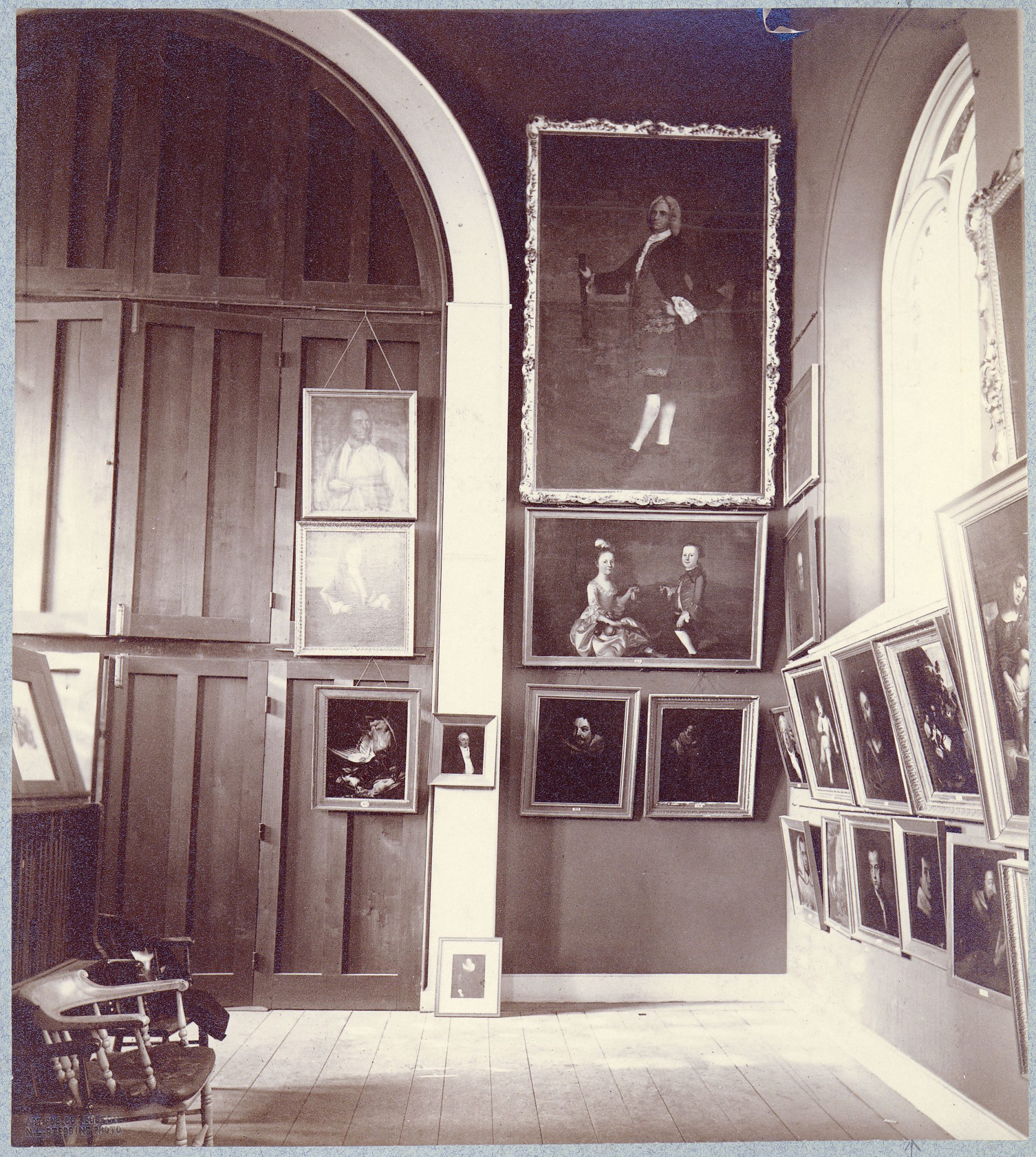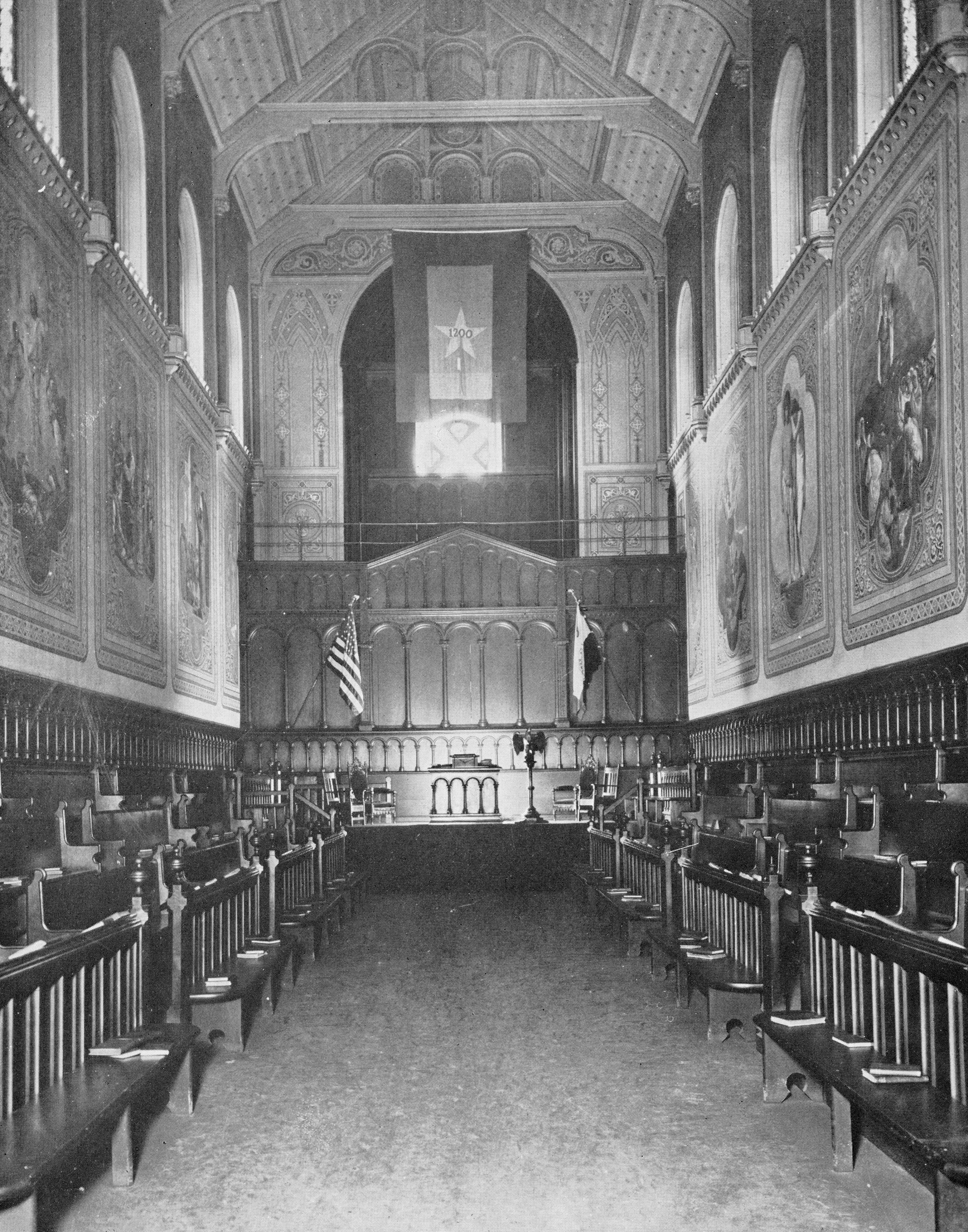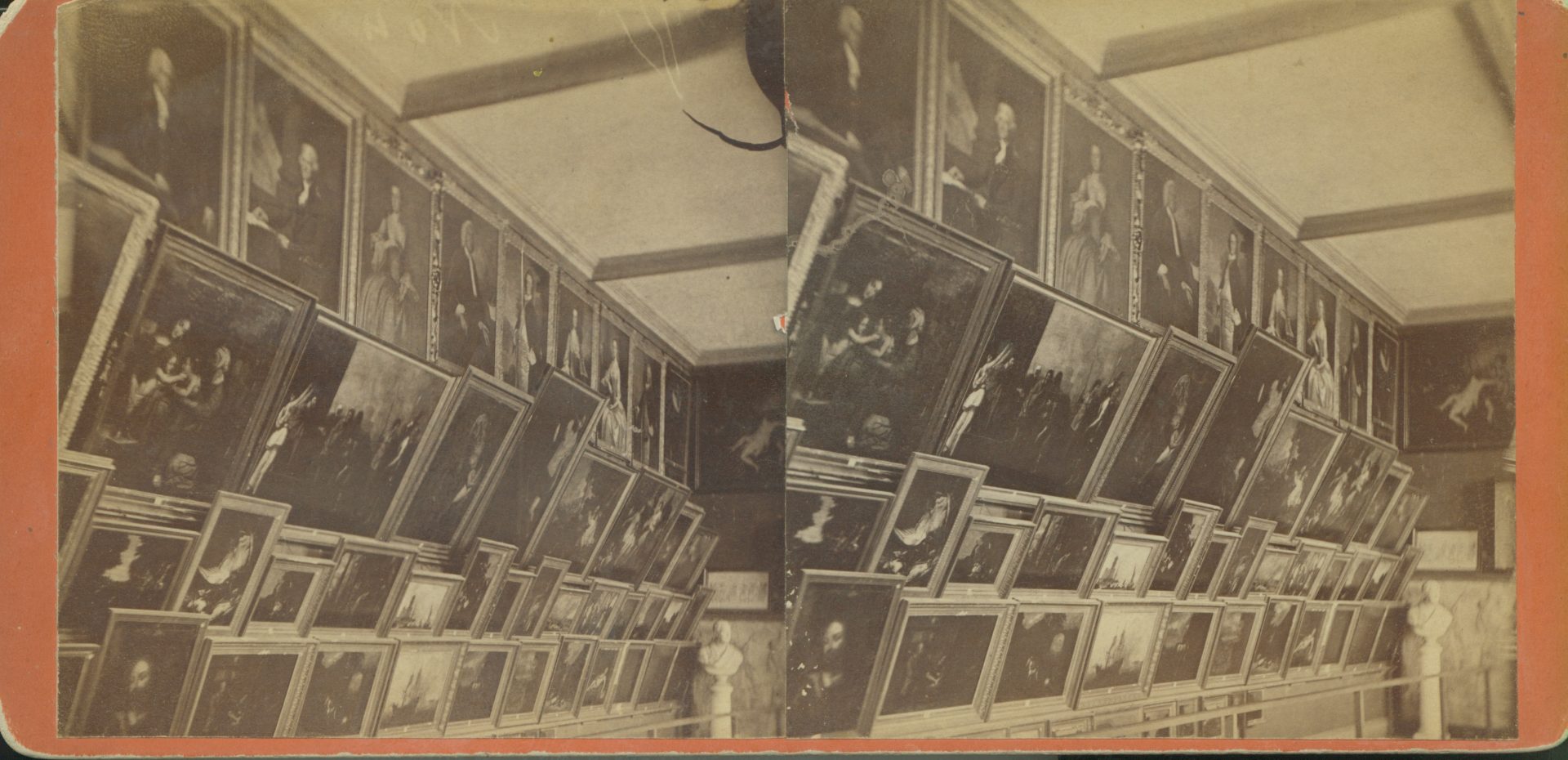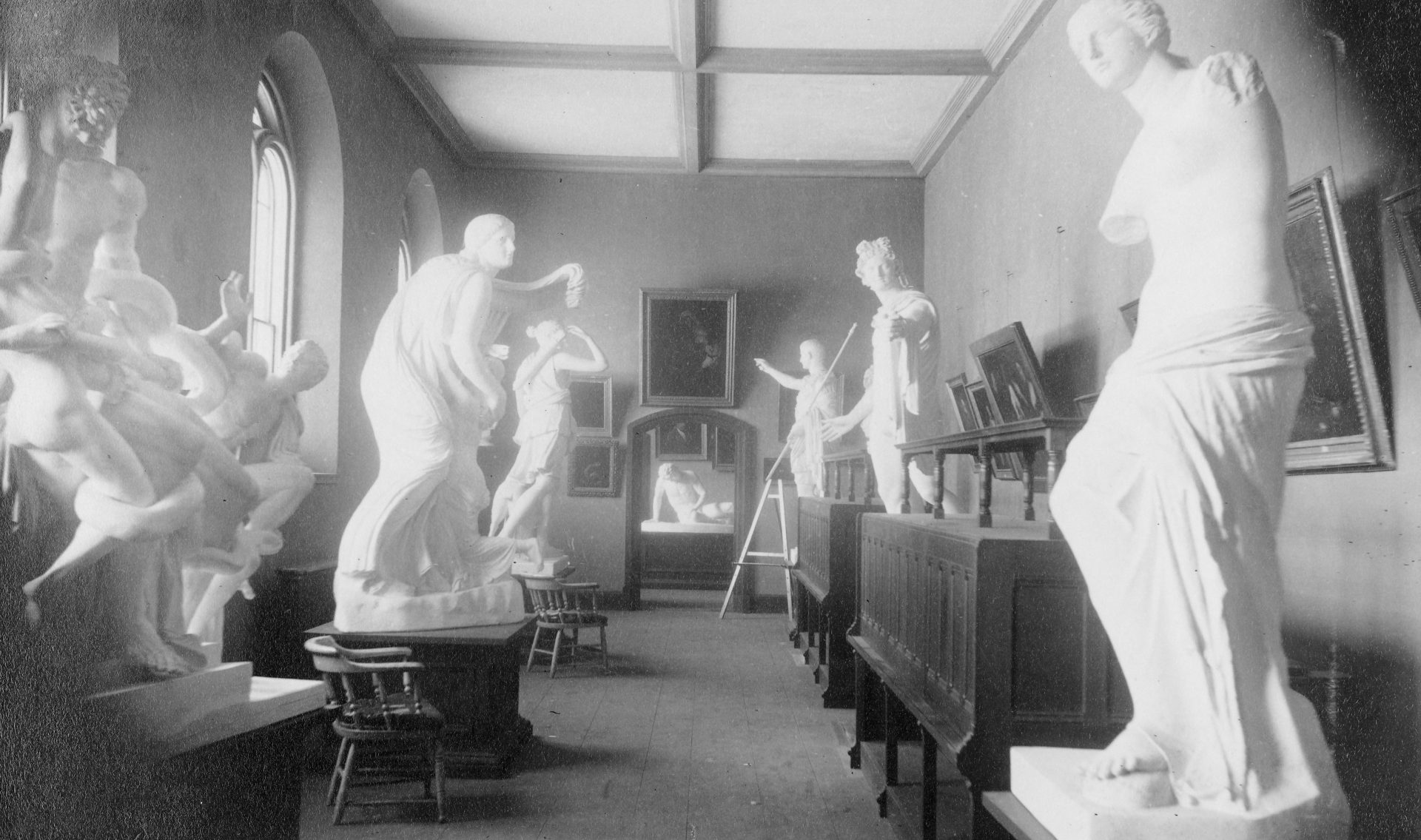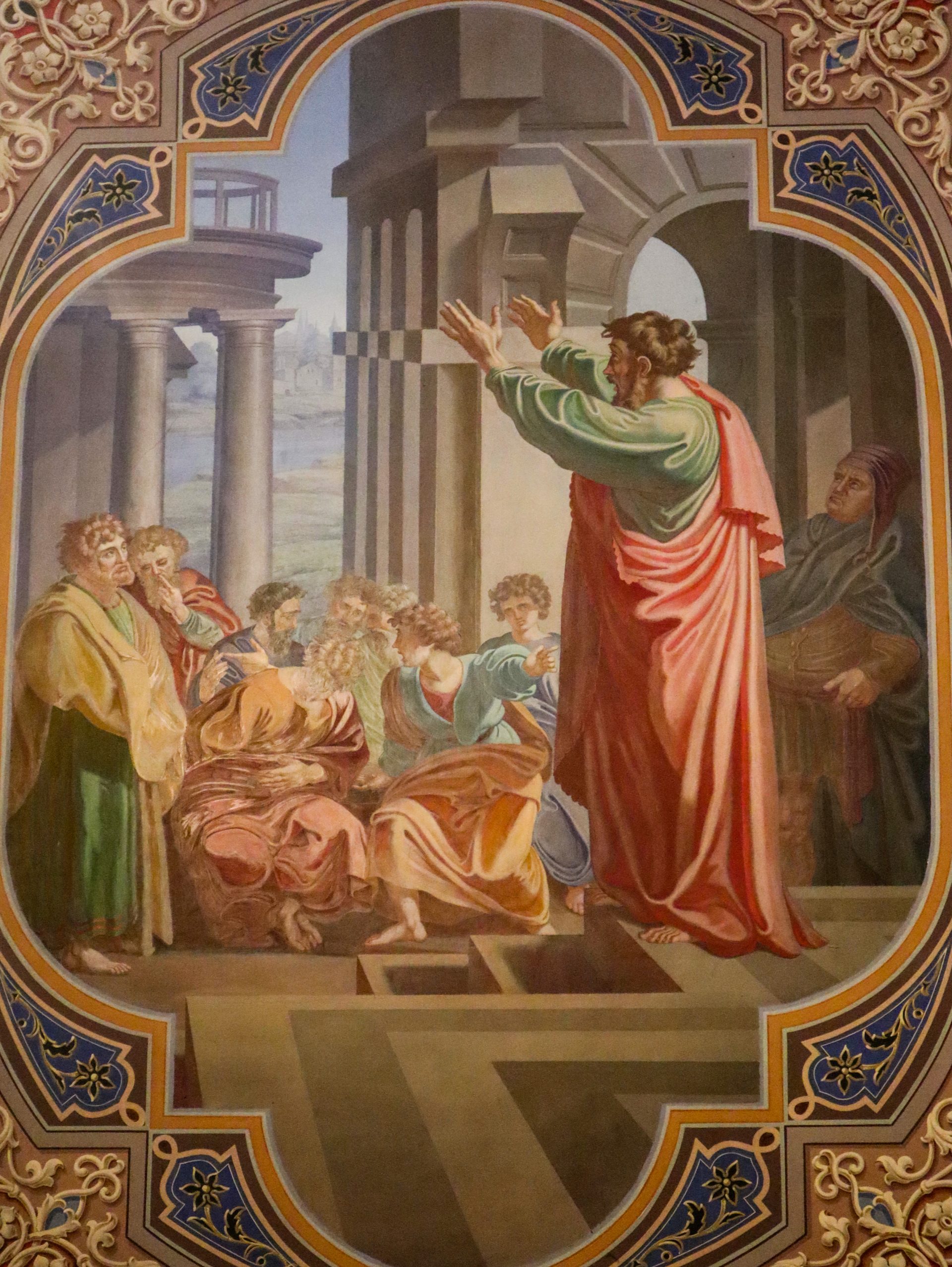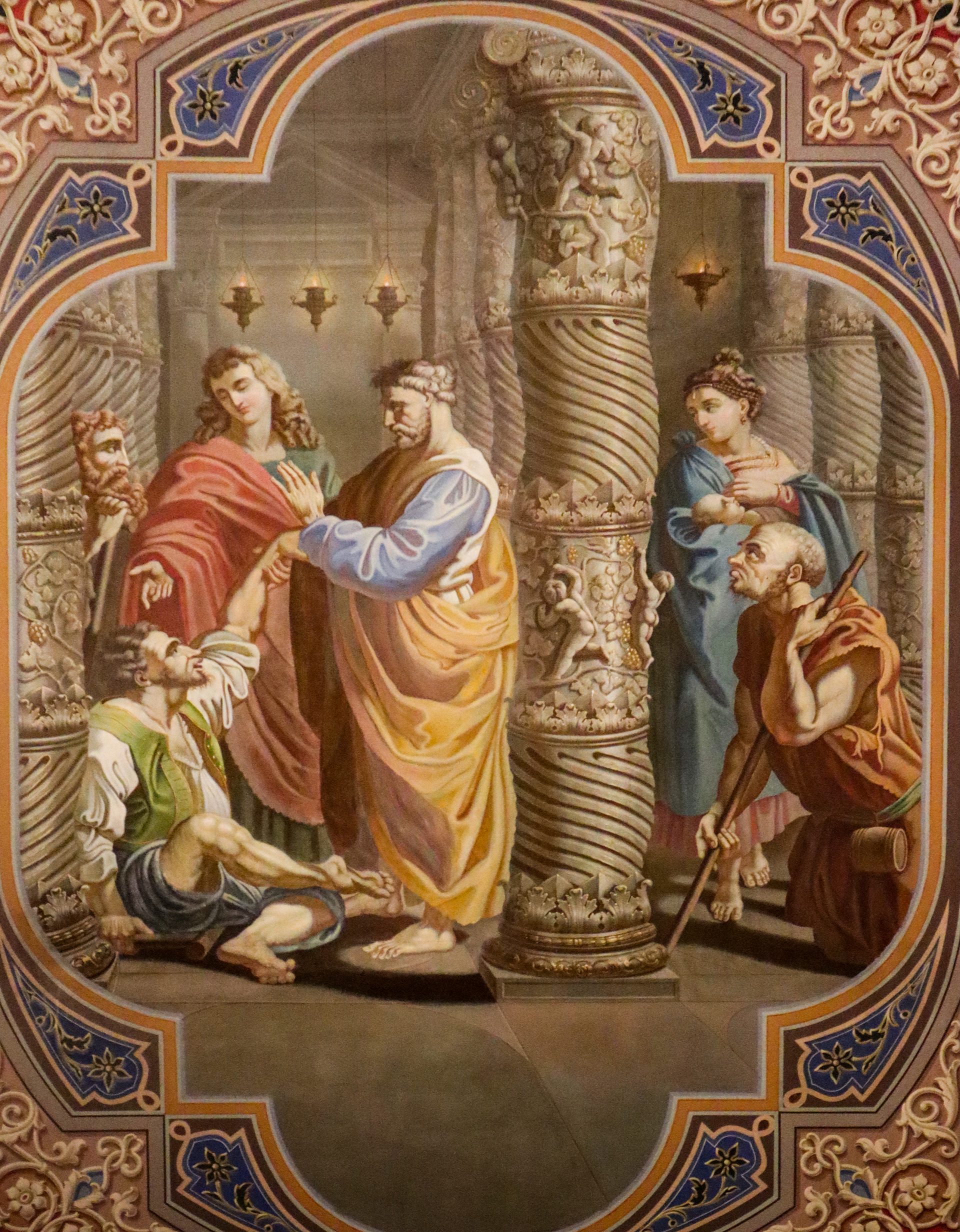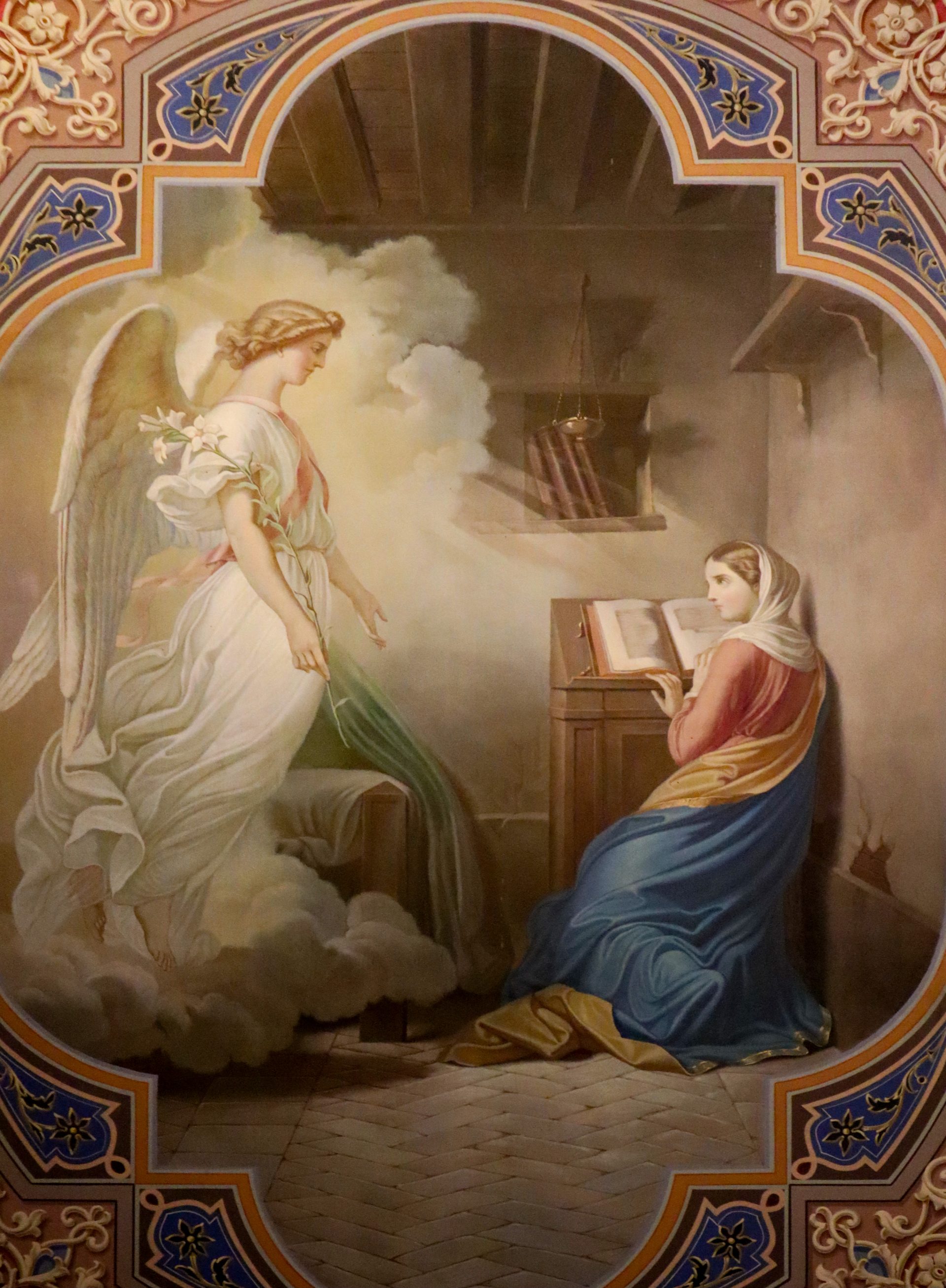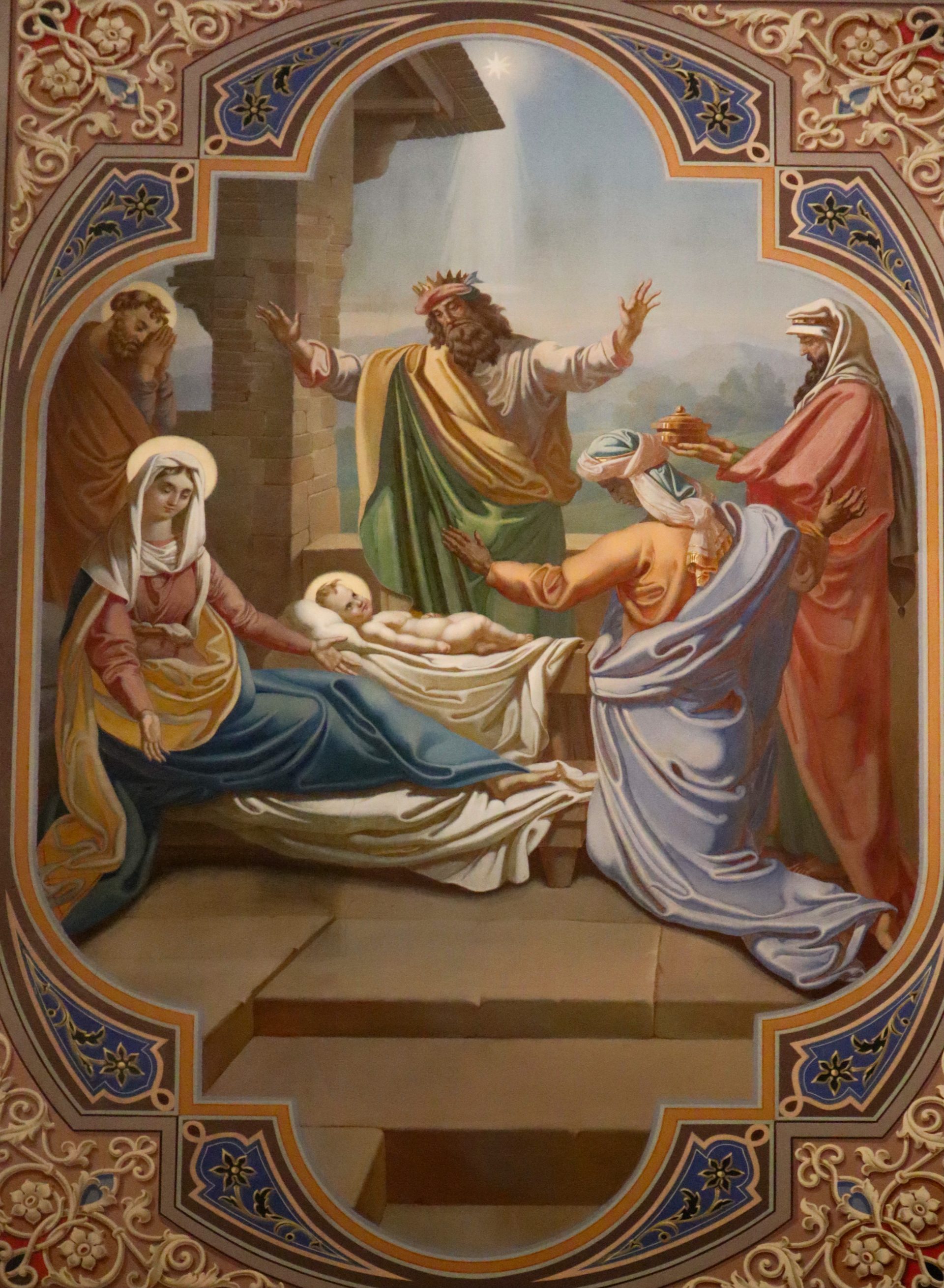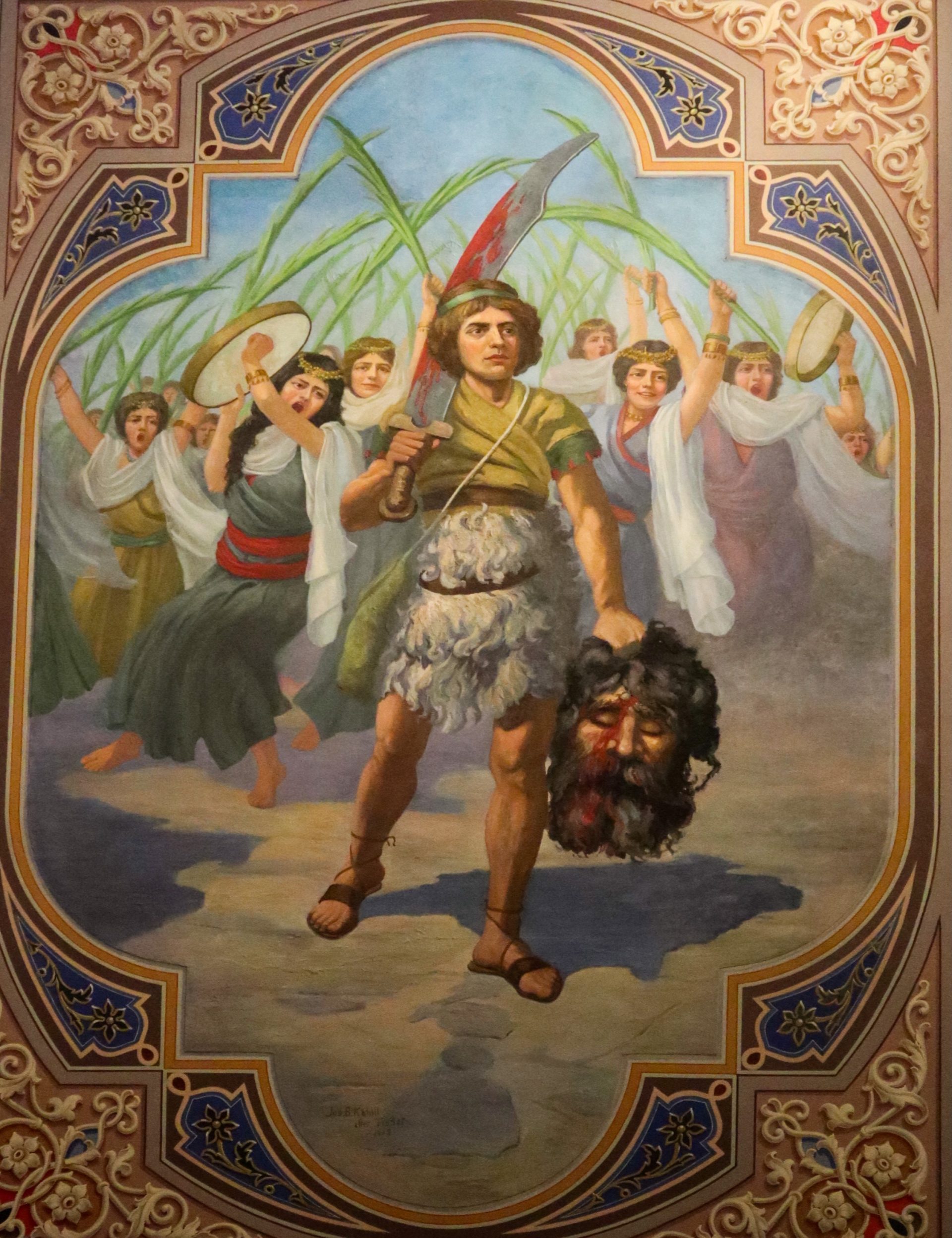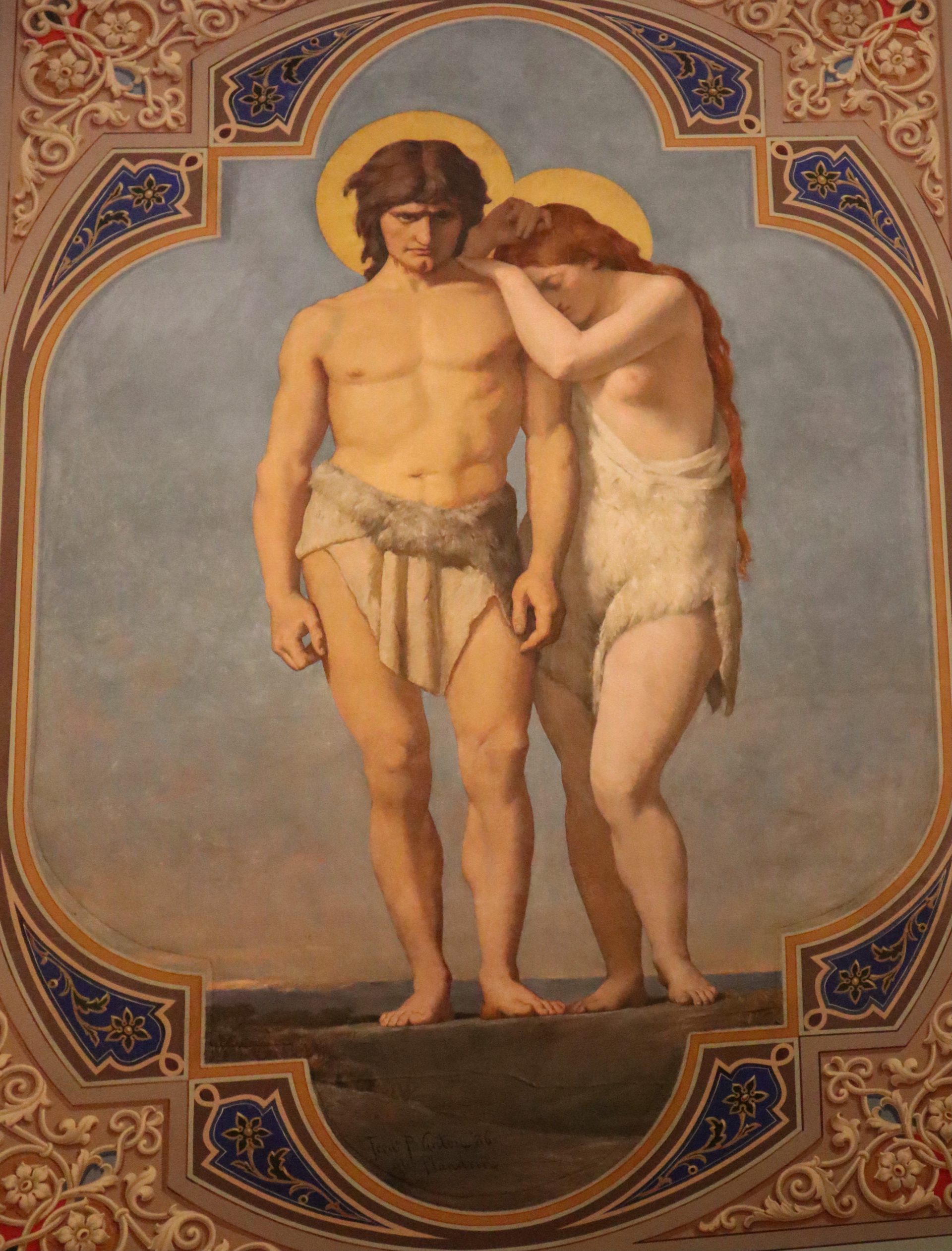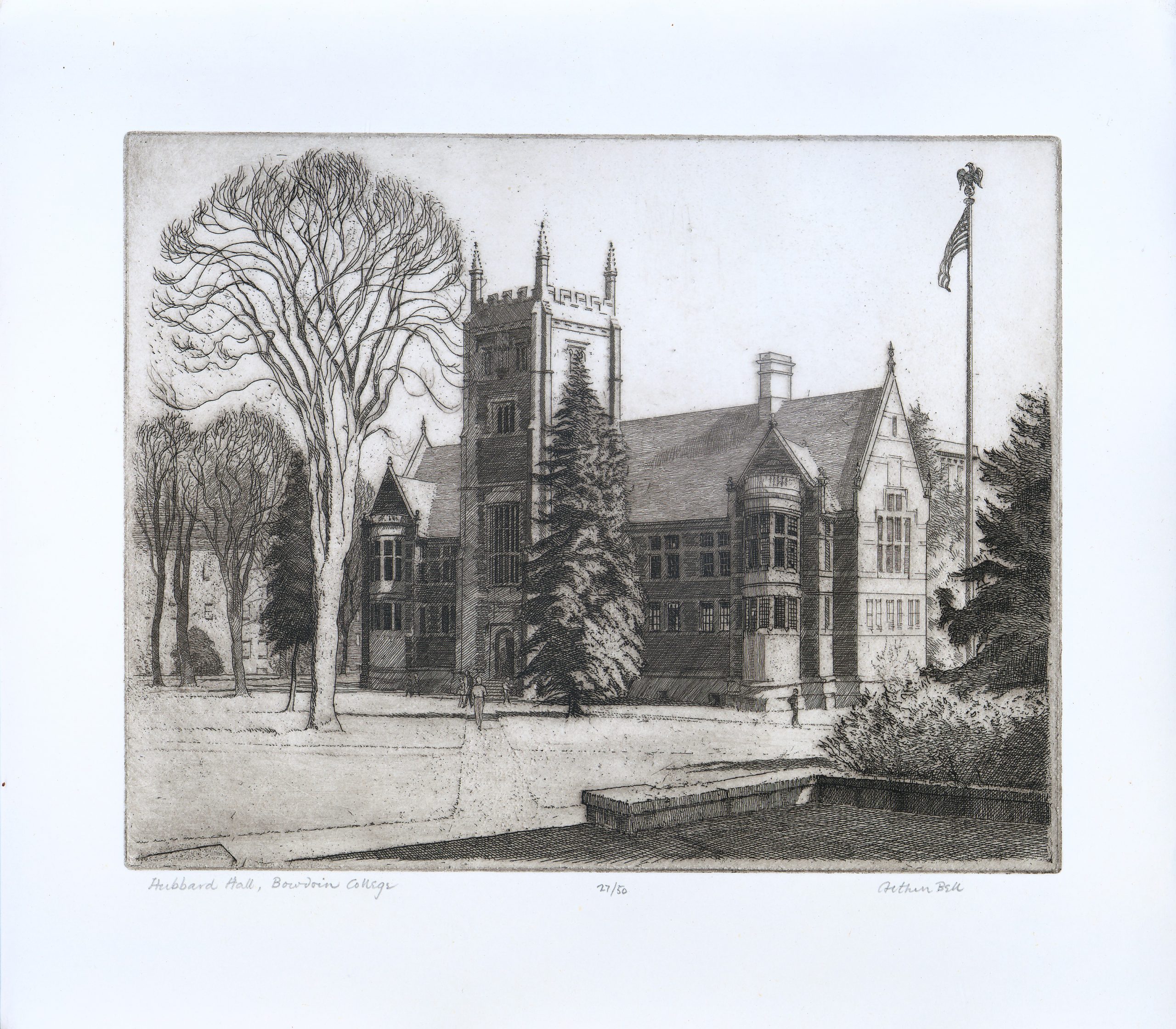
Art existed at Bowdoin before art instruction was formally introduced into its curriculum. In its early years, art at Bowdoin was experienced through the architecture on campus and gifts given to the college, like the James Bowdoin III Collection of paintings and drawings. Bowdoin College was chartered in 1794, and its purpose according to Calhoun was “to promote virtue and piety and the knowledge of such the languages of the useful and Liberal Arts and sciences.”[1]
Early college instruction in the 1800s was based on a finite body of knowledge that generally had to be memorized. The curriculum comprised ancient languages, natural philosophy, physics, and mathematics, mental and moral philosophy. Modern languages and rhetoric were not added until the 1820s. Universities like Harvard and Yale had a similar curriculum development, as they started teaching finite knowledge relating to the theory and sacred languages before introducing humanities and sciences.
The Bowdoin College Chapel (1855)
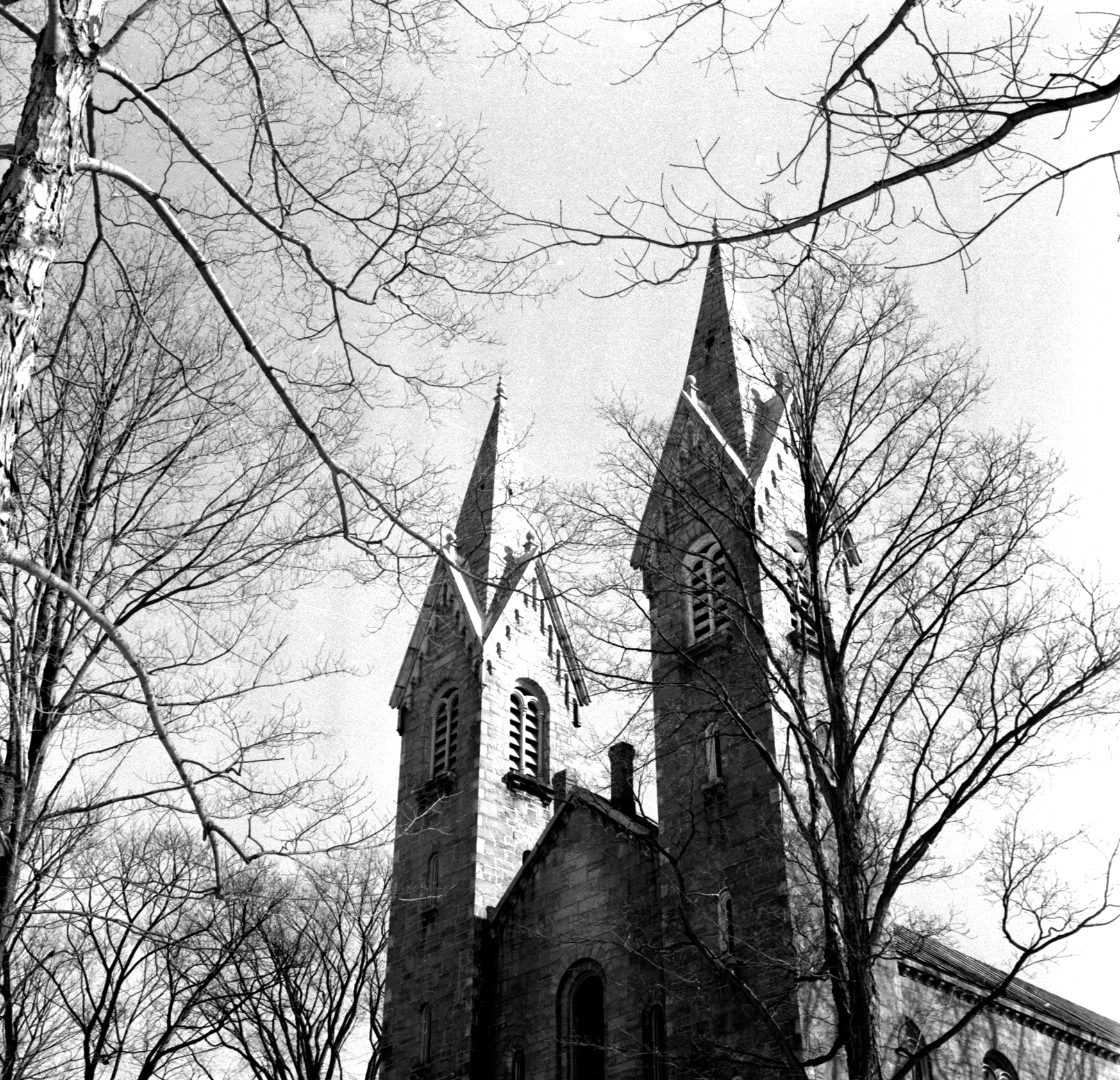
The June 1855 dedication of the King Chapel (now Bowdoin College Chapel) marked the completion of the campus’s first structure purposefully designed to incorporate the display of art. Built as a combination chapel, library, and picture gallery, the Chapel is one of the earliest examples in the United States of the German Romanesque Revival style.[2]
In style and in purpose, the structure mimicked the English collegiate chapels of Cambridge and Oxford. Over time, the north and south walls of the chapel were gradually decorated with copies of old master paintings and scenes from the Old and New Testaments. The murals were added as the funds became available. Before the construction of Hubbard Hall and the Walker Art Building, the “side aisle” areas housed the Peucinian and Athenaen libraries, a meeting room, and a study for the President. The east end of the building, known as Banister Hall, held the College’s art collection, with a sculpture gallery on the first floor and a painting gallery on the second. Bowdoin students attended daily worship meetings in the Chapel.[3]
Instruction:
This image gallery consists of images of the interior of the chapel, which will give you a view of the library, picture gallery, study, and organ. Please look at the images below and click on any image to enlarge it.
Click the audio clip for a reading of the text below.
“White people have power and believe that they think, feel, and act like and for all people; white people, unable to see their particularity, cannot take account of other people’s; white people create dominant images of the world and don’t quite see that they thus construct the world in their own image: white people set standards of humanity by which they are bound to succeed and others bound to fail…White people need to learn to see themselves as white, to see their particularity. In other words, whiteness needs to be made strange.”
– Richard Dyer, White[4]
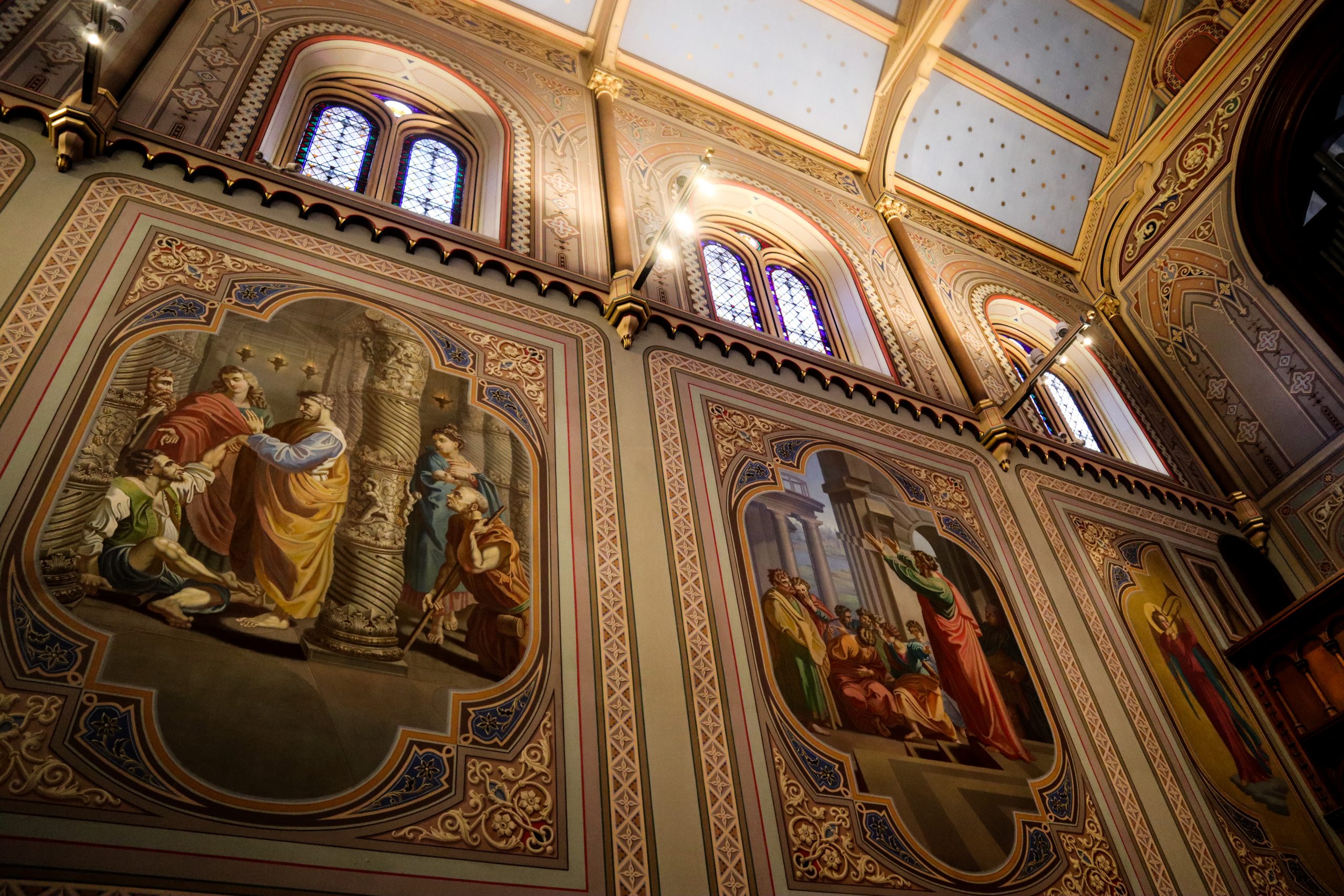
Instruction:
The image gallery below shows detailed shots of the religious paintings that are painted on the interior walls of the Chapel. Take a closer look below, at the murals painted on both interior walls. Click on any image to enlarge it.
Photographs by Destiny Kearney
1894
The Walker Art Building
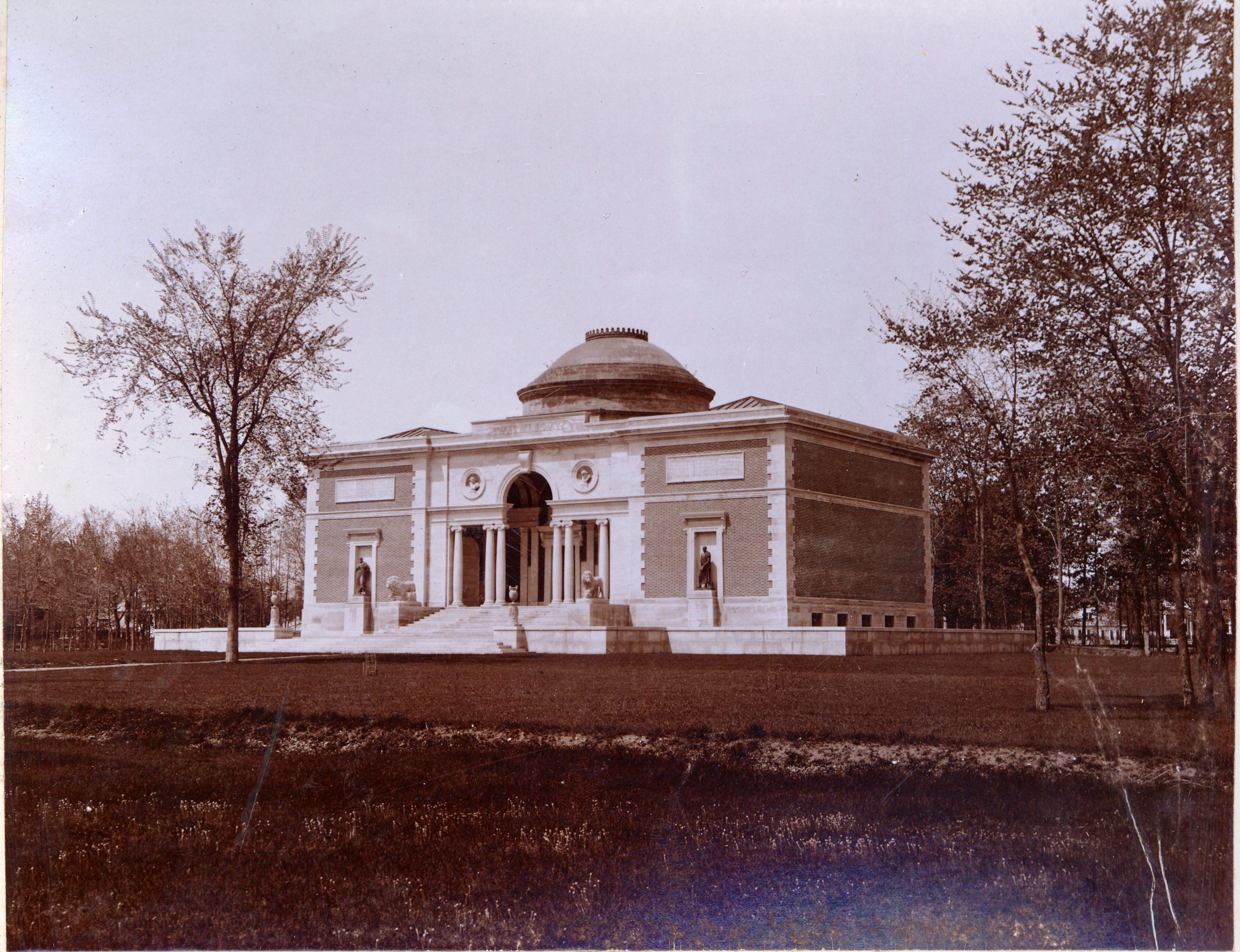
The Walker Art Building, known today as the Bowdoin College Museum of Art, was constructed in 1894. When built, it did not have spaces for instruction in either studio art or the history of art. The Walker Art Building created a space for members of the Bowdoin community, Brunswick, and visitors to view art publicly. The museum enforced the prestige of Bowdoin’s growing art collection. The department of art at Bowdoin was growing, but space couldn’t accommodate formal instruction.
Instruction:
This is an interior view of the Bowdoin Gallery in the Walker Art Building, currently known as the Bowdoin College Museum of Art. On display are paintings and drawings from the James Bowdoin III Collection. I have selected a few of the paintings from the James Bowdoin III Collection to provide you with a closer look at the works surrounding the Bowdoin Gallery. Please engage with the highlighted images to get a closer look at the paintings that surround this space.
[drawattention ID=286]
Click the audio clip for guided reading of the image above.
Instruction:
Here are more images from the James Bowdoin III Collection that I wasn’t able to identify in the photo above, but were most likely also on view.
Click the audio clip for a reading of the text below.
This top-tier display promotes visual hierarchy between the viewers and the paintings, as everyone who enters must look up to examine them. Those who feel comfortable in this room most likely identify as white and fall into the hypervisibility of whiteness themselves. As Dyer describes: “White power nonetheless reproduces itself regardless of intention, power differences and goodwill, and overwhelmingly because it is not seen as whiteness, but as normal.”[5]
A room filled with all white portraits isn’t viewed as something out of the ordinary because as the norm, it is expected. The discomfort comes from not seeing oneself in this trope of whiteness from those who do not identify as white. The saturation of white representation in the James Bowdoin III Collection and tiered display both promote how racial hierarchy can reveal itself because images are a visual form of power and the display reiterates that authority.
The next section will address the introduction of art instruction to the college curriculum in the early 1900s. Please click on the link below to view the next section, titled Art Instruction is Formally Introduced to College Curriculum.
[1] Calhoun, Charles C. A Small College in Maine: Two Hundred Years of Bowdoin. Brunswick, Me.: Bowdoin College, 1993.
[2] Calhoun, Charles C. A Small College in Maine: Two Hundred Years of Bowdoin. Brunswick, Me.: Bowdoin College, 1993.
[3] “The History, Art, and Architecture of the Bowdoin College Chapel,” n.d. https://library.bowdoin.edu/arch/archives/a-1-13ChapelBrochure2010-web.pdf.
[4] Dyer, R. (2017). White: Twentieth anniversary edition. In White: Twentieth anniversary edition (pp. 9-10). Abingdon: Routledge.
[5] Dyer, R. (2017). White: Twentieth anniversary edition. In White: Twentieth anniversary edition (pp. 10). Abingdon: Routledge.
